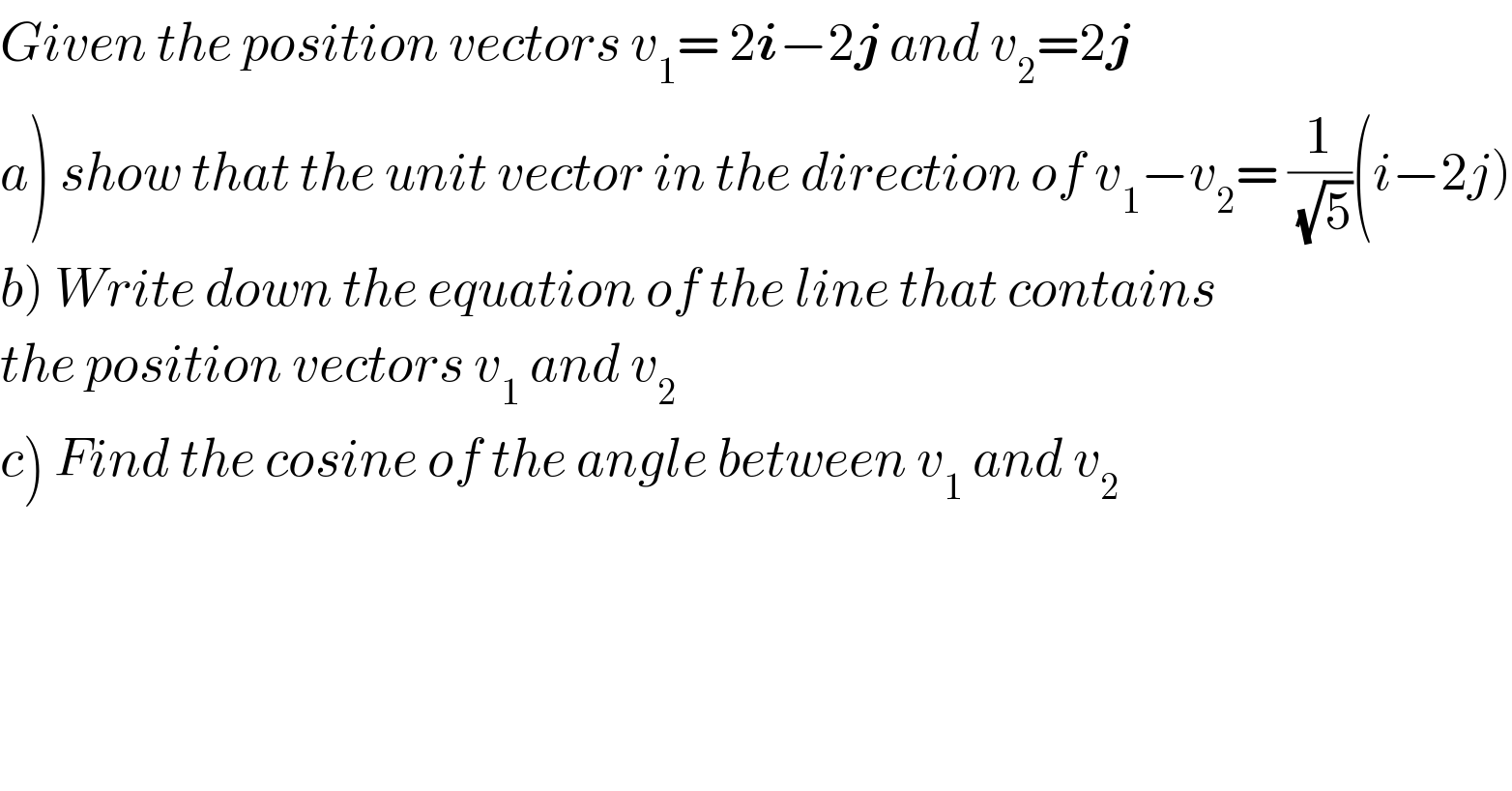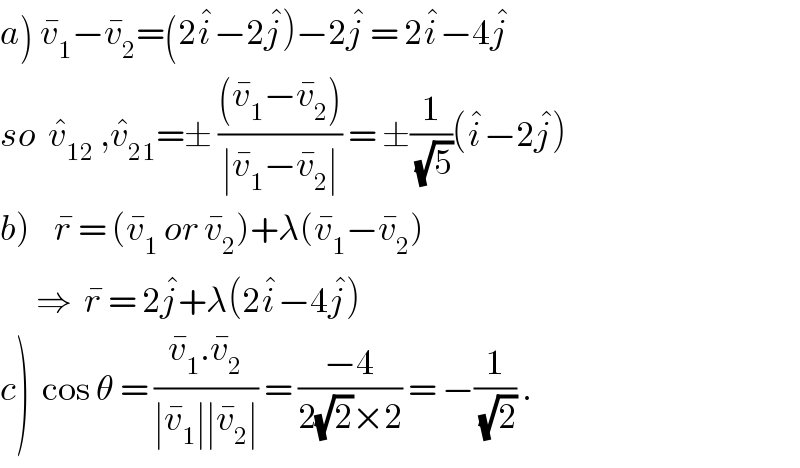
Question and Answers Forum
Question Number 48958 by Rio Michael last updated on 30/Nov/18

Answered by ajfour last updated on 30/Nov/18

Commented by Rio Michael last updated on 09/Dec/18

| ||
Question and Answers Forum | ||
Question Number 48958 by Rio Michael last updated on 30/Nov/18 | ||
 | ||
Answered by ajfour last updated on 30/Nov/18 | ||
 | ||
| ||
Commented by Rio Michael last updated on 09/Dec/18 | ||
 | ||